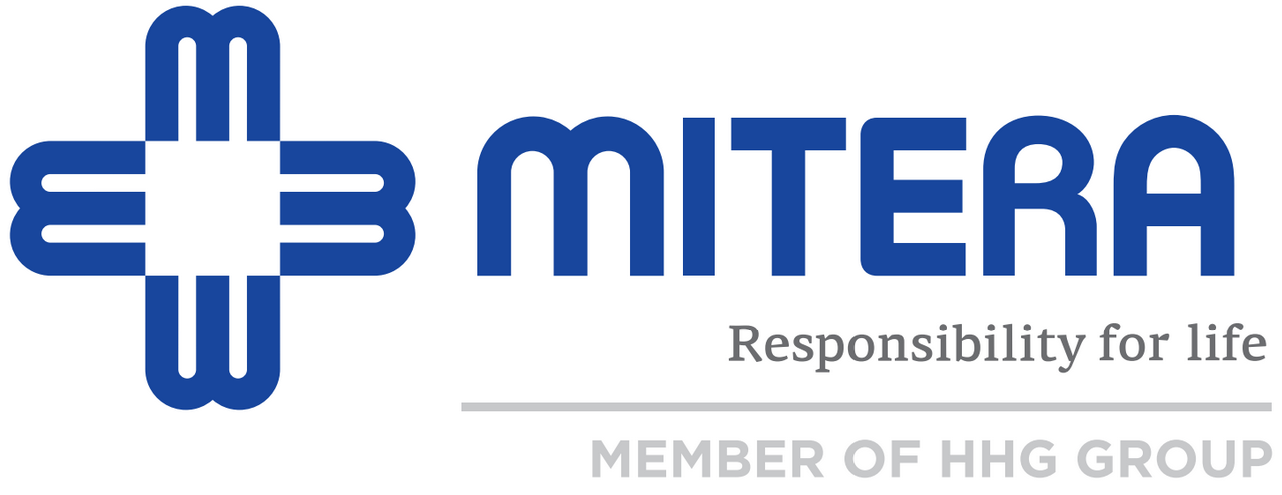A new technique to identify the sentinel lymph node in cancer patients
The Cambridge Breast Clinic of MITERA has adopted a new technique for the biopsy of the sentinel lymph node in the context of breast cancer treatment. The method is very successful (success rates of about 97%), low-cost and does not require use of radiοisotopes.
ICG-10 method is applied for the first time in Greece by the same doctors that first implemented the method in the Cambridge University Hospitals under the supervision of Gordon Wishart, Professor of Surgical Oncology, which is also the Director of the Cambridge Breast Clinic at MITERA Hospital.
The target is the so called sentinel lymph node the point from which cancer cells spread in the body. The sentinel lymph node identification method is used in Europe and in our country with the use of a radioactive tracer and a blue dye (double detection method).
As Professor Wishart stresses “This innovative technique replaces radioisotopes by a new fluorescent dye and a specially designed camera detects the sentinel lymph node which is redrawn from a single incision. This blue dye is used together with the tracer and the method continues to be a double detection method but no radiation is used”.
Breast Surgeon Mr. Vassilis Pitsinis stated that “This new technique is very reliable and safe compared to the use of radioisotopes. The patient feels less discomfort and the cost for sentinel node lymph biopsy is reduced that is a procedure which is basically needed for almost all patients with breast cancer”. Up to now the new method has been tested in 500 patients in the Cambridge University Hospitals with a success rate of 97%”.


